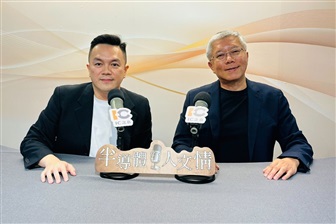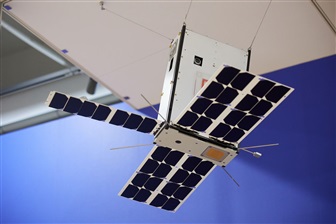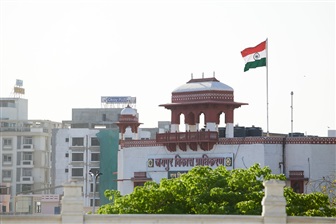Around the web
Displaying links tagged Semiconductors [back to index]
23 Jul 200822 Jul 200821 Jul 200818 Jul 200817 Jul 200816 Jul 200815 Jul 2008
Are Qualcomm patent royalties an unfair tax on cellphone makers? Or have they helped the industry? Those questions are at the heart of a high-stakes trial that begins in a U.S. courtroom in Delaware Wednesday. Cellphone giant Nokia, which says it has paid more than US$1 billion in royalties to Qualcomm since the 1990s, believes it is paying too much.
Wall Street Journal
...For the rest of the year, NXP continues to see a relatively flat market with a "year-over-year comparable mid single digit sales decrease, translating into similar sales levels as in the second quarter." That view was also stated at first quarter results...
Reuters
AP (via Forbes)
The semiconductor industry cannot afford the R&D costs for both shrinking transistors and moving to 450mm wafers according to a report from Equipment Productivity Working Group (EPWG) of SEMI, the trade body of the semiconductor production equipment manufacturing industry. "450mm wafer scale-up represents a low-return, high-risk investment opportunity for the entire semiconductor ecosystem 450mm should, therefore, be an extremely low priority area for industry investment," said the SEMI report.
Electronics Weekly
For the past 10 years, U.S. chipmaker Advanced Micro Devices (AMD) has been filing complaints with regulators in the U.S., Europe, and Asia alleging that Intel engaged in anticompetitive practices that limit consumer choice. Every time, Intel has responded by painting the charges as nothing more than the gripes of a jealous foe.
Business Week
The Wall Street Journal
The New York Times
Company release
Aquest Systems confirmed Thursday that on July 9 it sent Asyst Technologies an offer to buy the chip manufacturing equipment maker for US$6.50 per share in cash. Privately held Aquest, which is based in Sunnyvale, CA is a developer of automation technologies for the semiconductor industry.
Forbes
Numbers concerning counterfeiting vary from source to source, as do the suggested ways to defend the electronics supply chain against these fake components. In late 2007, the US Patent and Trademark Office estimated that counterfeiting and piracy drain about US$250 billion out of the US economy each year along with some 750,000 jobs...
AP (via Yahoo! Finance)
Forbes
The New York Times
New solutions such as ultra-thin top silicon and ultra-thin Buried OXide (BOX) give device architects and designers complete flexibility in their choice of substrates for partially depleted (PD) and fully-depleted (FD) devices, including multi-gate transistor architectures (FinFET, Trigate). The advanced substrates support applications and architectures on the industry's sub-45 nm roadmap (and)...to make strategic choices for 32 nm and beyond, Soitec customers now have a full range of options at their disposal...
Company release
...In tests with TI the CC2591 has boosted outdoor range for a Zigbee radio as much as ten-fold to 1.5 miles. The chip integrates a group of mainly passive components including a power amplifier, low-noise amplifier, balun, switches, inductors and RF-matching devices.
EE Times
Wall Street Journal
Seeking Alpha
The money will be split between three projects related to chip nanotechnologies, IBM said. They are updating its manufacturing plant in East Fishkill, New York; expanding its operations at the University of Albany's College of Nanoscale Science and Engineering, a creating a new center for research into chip packaging at a location to be determined in Upstate New York. IBM didn't say how much money was going to each.
PC World
Semiconductor-based lighting could cut the energy used by lighting in half, says the U.S. Department of Energy. Because lighting accounts for about one-fifth of all electricity used in the United States, that could add up to some US$98B in energy savings by 2020. DOE figures just replacing the country's 60W bulbs with 10W LEDs would save enough electricity to power all of Las Vegas for a year – twice. Indeed, the government is so keen on the idea it is offering up to US$20M in prize money to developers of viable commercial fixtures.
Semiconductor International
MEC and JSR Corporation have collaborated on using only one etch step to reduce the cost of double patterning. 32nm lines and spaces were printed with a double exposure/single etch process, effectively freezing the resist after the first exposure. The freezing of the resist after the first exposure prevents the resist from expanding or shrinking, maintaining good CD control. When the second resist layer is added, the two do not interact.
Fabtech
239/506 pages








